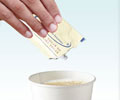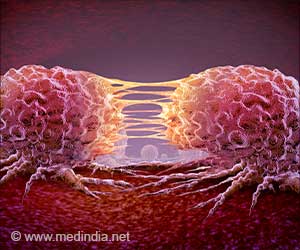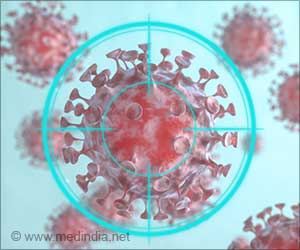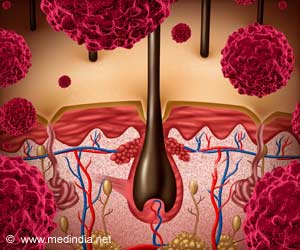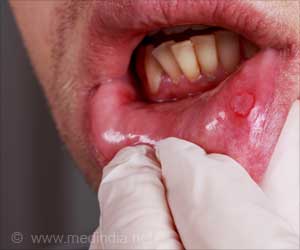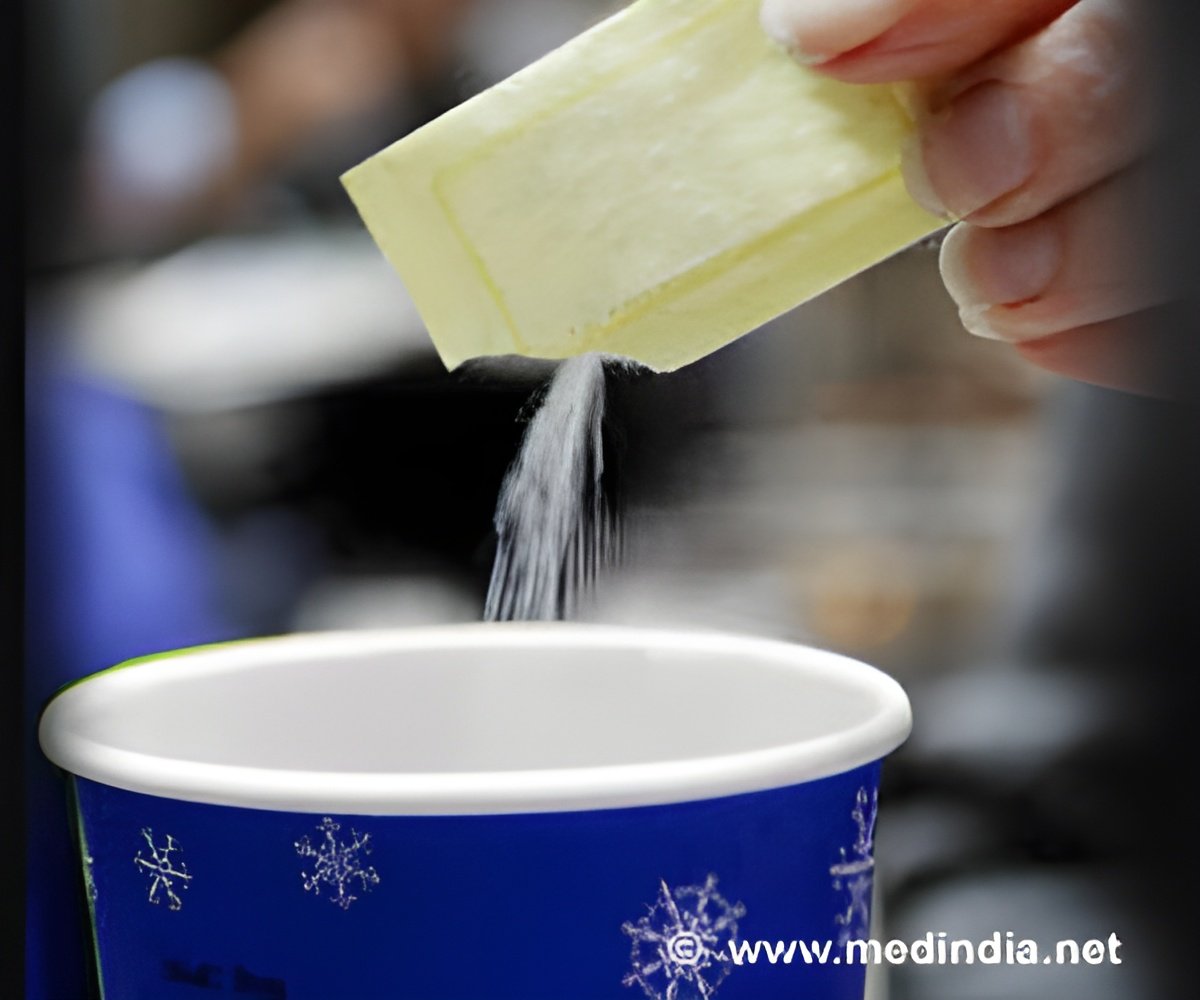
“It never ceases to amaze me how a simple molecule, such as saccharin — something many people put in their coffee everyday — may have untapped uses, including as a possible lead compound to target aggressive cancers,” says Robert McKenna, one of the authors of the study at the University of Florida. “This result opens up the potential to develop a novel anti-cancer drug that is derived from a common condiment that could have a lasting impact on treating several cancers.”
The new work examines how saccharin binds to and deactivates carbonic anhydrase IX, a protein found in some very aggressive cancers. It is one of many driving factors in the growth and spread of such cancers in the breast, lung, liver, kidney, pancreas and brain. Carbonic anhydrase IX helps regulate pH in and around cancer cells, allowing tumors to thrive and potentially metastasize to other parts of the body. Because of this finding, the researchers wanted to develop saccharin-based drug candidates that could slow the growth of these cancers and potentially make them less resistant to chemo or radiation therapies.
Except for in the gastrointestinal tract, carbonic anhydrase IX is normally not found in healthy human cells. According to McKenna, this makes it a prime target for anti-cancer drugs that would cause little or no side effects to healthy tissue surrounding the tumor.
Unfortunately, there’s a catch.
Carbonic anhydrase IX is similar to other carbonic anhydrase proteins that our bodies need to work properly. So far, finding a substance that blocks carbonic anhydrase IX without affecting the other ones has been elusive. And that’s where saccharin — ironically, once considered a possible carcinogen— comes in.
Advertisement
Using X-ray crystallography, McKenna and his students Jenna Driscoll and Brian Mahon have taken this work a step further by determining how saccharin binds to carbonic anhydrase IX, and how it or other saccharin-based compounds might be tweaked to enhance this binding and boost its anti-cancer treatment potential.
Advertisement
Source-Medindia





